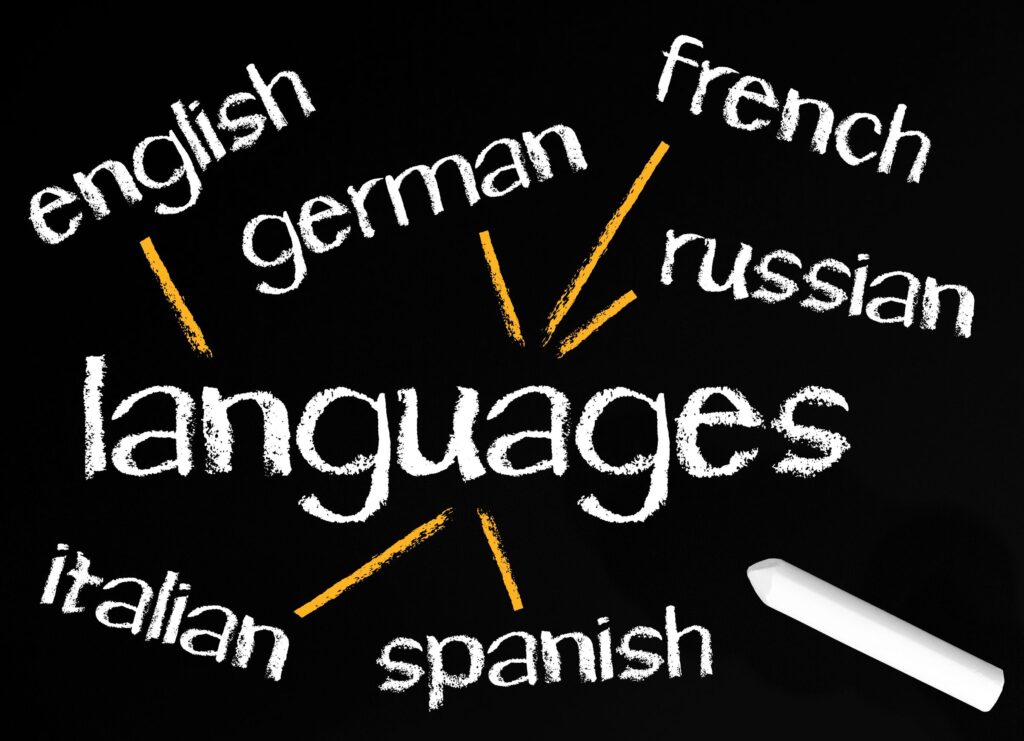Movie Translation is an integral part of the film industry. It has been for decades, but it’s more important than ever with the advent of globalization and increased accessibility to foreign films. But what are the best practices for translating movies?
What should you do if you’re a translator or someone who works in movie translation? How can you ensure that your translations are accurate while keeping them natural-sounding simultaneously? This blog post will answer all these questions and provide answers to other related ones.
Why are language translators important for movies?
There are a few reasons why translators are so crucial for movies. The first reason is accuracy. If you want to ensure that your translations are accurate, you need someone who knows the language and the culture well. Translating a movie is not as simple as translating a text document. There are nuances in both languages that need to be considered and cultural references that may not make sense if translated literally. A good translator will know how to capture these nuances and create an accurate and natural translation.
The second reason why translators are essential for movies is that they can help with localization. Localization involves the process of adapting a product or service to fit the cultural norms of a specific region or market. This is particularly important for movies, which may be released in different countries with different cultural norms. A good translator will be familiar with the cultural norms of the target market and will be able to adapt the translation accordingly.
Do subtitles affect the viewing experience?
When subtitles are used, it does affect the viewing experience. Some people find them too distracting or intrusive and make it harder to focus on the movie itself. Others use closed captioning because they have hearing difficulties, so using subtitles can be helpful in this case. A good translator will know which approach is more appropriate given the context of the film and target market preferences.
Subtitling or dubbing: which is better?
There is no definitive answer to this question. Both subtitling and dubbing have their pros and cons. Subtitles are generally considered more accurate, but they can also be distracting or intrusive if misused. Dubbing can make the movie feel more natural and immersive, but it can also be less accurate since the translation may not always match the original dialogue. It ultimately depends on the preferences of the target market and the context of the film itself.
Can language translators help the audience understand foreign movies?
Yes. Language translators can help audiences understand foreign movies because they know the culture and language well, similar to how a translator for literature knows English and the target market well. They also know which cultural references are important enough to retain in their translation. For example, if someone were translating a children’s movie from China into American English, it would be more appropriate to keep some of these famous Chinese sayings than if someone is doing an action film with dialogue that is not particularly culturally significant. It ultimately depends on the context and who you ask – but having good translators goes a long way towards helping audiences understand films regardless of where they come from or what language they’re initially made in!
What should you do as a translator?
The first thing to consider is that there are multiple types of movie translation. The two most common are dubbed movies and subbed movies, but their differences are massive. Subtitles aren’t always enough for a film because they can be too distracting if done poorly or leave out parts of the original dialogue that may not need translating (or simply don’t make sense). Dubbing requires voice actors who speak in their voices instead of reciting lines as someone else would read them on paper. This makes dubs significantly more expensive than subtitles, which means it isn’t possible to distribute all foreign films with dubs unless you have an enormous budget.
While these distinctions exist, sometimes both forms of translations occur together after release. This is more common in Europe than in the USA, but it’s becoming increasingly popular here as well.
The next thing you might want to consider when translating a movie is whether or not subtitles are necessary at all. It depends on what you’re trying to do and where your audience comes from. Suppose there aren’t many non-native English speakers in your target market. In that case, subtitles may be unnecessary (although they still add value because they provide another way for people to consume media).
Additionally, suppose your client doesn’t care about reaching international audiences who don’t speak fluent English. In that case, subtitling may also be an option to save money. At the same time, increasing engagement with fellow native speakers of English, ultimately though these decisions depend entirely on the needs of the client and the target market.
Assuming that subtitles are necessary, you’ll want to ensure they’re well-done. Poorly done subtitles can be more distracting than no subtitles at all and can even lead to people completely disregarding your film. The best way to make sure your subtitles look good is by using a professional subtitle editor. This person will ensure that all the text appears attractively on the screen and also check for any errors or mistranslations. It’s essential to have a separate person doing this job instead of someone responsible for translating the movie because it allows for better quality control.
Once you’ve got your subtitles in order, you need to start thinking about translation itself. The first step is always to find a good translator. This is someone who knows both the source and target languages fluently and can accurately translate the text while preserving the original meaning. Sometimes two translators will work together on a project to ensure accuracy, but it’s best if one person does the final proofreading to catch any mistakes.
After you’ve found your translator(s), give them a copy of the film (or at least the script), so they can get an idea of the tone and style. Translating movies is significantly more complex than translating other text forms because there are multiple factors to consider. Not only do you need to make sure that the translation sounds natural in English, but you also have to worry about matching up lip movements with dialogue. This is why it’s essential to have a translator who knows how movies work and manage the translation accordingly.
Finally, you’ll need to decide whether or not you will display your subtitles throughout the entire film (known as hard-coded) or if they should only appear on key scenes (called soft-coding). Hard-coding takes more effort because each scene needs to be translated individually rather than having one document containing all the dialogue for easy switching between languages. Soft coding has its benefits, though; since there are no pauses while changing languages, people find it less distracting even though the individual lines may not match up with their corresponding characters’ lip movements perfectly. It ultimately depends upon what type of movie you’re translating and where it’s intended to be shown.
We provide accurate translations by human translators
We guarantee the quality and accuracy of our translations here at eTranslation Services. We handle all types of translation, localization, and other language services, using only native speakers. Working with more than 200 languages, we are sure that we can handle your translation requests for most language combinations. Please do not hesitate to get in touch with us through email at [email protected] or call us at (800) 882-6058.



